 From the back cover:
From the back cover:
Ten years after graduating from high school in Neptune, California, Veronica Mars is back in the land of sun, sand, crime, and corruption. She’s traded in her law degree for her old private investigating license, struggling to keep Mars Investigations afloat on the scant cash earned by catching cheating spouses until she can score her first big case.
Now it’s spring break, and college students descend on Neptune, transforming the beaches and boardwalks into a frenzied, week-long rave. When a girl disappears from a party, Veronica is called in to investigate. But this is no simple missing person’s case. The house the girl vanished from belongs to a man with serious criminal ties, and soon Veronica is plunged into a dangerous underworld of drugs and organized crime. And when a major break in the investigation has a shocking connection to Veronica’s past, the case hits closer to home than she ever imagined.
Review:
I have been a fan of Veronica Mars from almost the beginning. I tuned in about midway through the first season, after reading about the show on the sadly now-defunct Television Without Pity website, and vividly recall how it quickly became appointment television, and how absolutely riveted I was watching the season finales for the first and second seasons. I mourned the show when it was cancelled, and when a friend forwarded me the link to the Kickstarter campaign for the movie last spring, I was practically delirious with squee. Finally, a few weeks ago, I went to see the movie (after pre-ordering tickets the minute they were available, naturally).
I admit I was a little disappointed the first time through—ninety minutes just wasn’t enough time to flesh out both relationships and the case—but I did like it more upon a second viewing. The Thousand Dollar Tan Line continues the story from where the movie leaves off, and while I was a little unsure at first, I was soon won over by the characterization and the luxury of more time to spend with these characters, inhabiting their world.
A couple months have passed since the events of the movie. While Keith has been recuperating from his injuries, Veronica has been manning Mars Investigations, not that any challenging cases have come along. When a college girl in Neptune for spring break goes missing, however, a representative from the city’s chamber of commerce comes to the Mars family for help, since Sheriff Lamb’s inactivity on the case is resulting in canceled reservations and the loss of tourist revenue. Veronica’s ensuing investigation feels a lot like an episode from the third season of the show, from her dorm room interrogation of one suspect, to her tried-and-true drunk ditz routine at a party full of suspects. When a second girl with surprising ties to Veronica goes missing, things get even more complicated.
I thought the case was reasonably well executed, and the personal stakes for Veronica were intriguing, as well. Dialogue for all characters was great and easy to imagine in the actors’ voices; I even giggled a few times. I’ve seen some reviewers complaining about the book being written in the third person, saying that it lacks the same feel as the series, but I found plenty of internal contemplation from Veronica that read just like the show’s voiceover narration to me. (I can only imagine this will be even more true in the unabridged audio version, read by Kristen Bell. I bought that, too, and plan to listen to it very soon.) Plus, we’re able to get some insights into her thoughts that she might not even narrate, like this nice quote about Wallace: “There weren’t many people in this world who would let you be vulnerable and still believe you were strong.”
Speaking of Wallace, another complaint I’ve seen regards the lack of Logan in this book—he’s on an aircraft carrier thousands of miles away, so it only makes sense—but I actually welcome it. The movie put their relationship front and center; now it’s time to focus on Veronica’s other relationships. To that end, we get several really nice scenes involving Mac (who’s now a technical analyst for Mars Investigations), Wallace, and Keith. There was just enough Logan to my reckoning.
I did have one complaint of my own for a while—two if you count that nobody caught Gia Goodman being referred to as Gia Goodwin. I wished we saw Veronica embarking on an even bigger case, like actively working to expose the corruption at the Sheriff’s Office or to find out who was responsible for the hit and run that injured her father and killed Deputy Sacks. However, I eventually realized that there actually was a big plot on the go—bringing Keith around to the idea that Veronica is doing what she’s meant to do (as opposed to being safe, well paid, and bored as a New York lawyer) . The ultimate resolution here is extremely satisfying, and I find myself very excited at the notion that the two of them could really function as full-fledged partners on a future case. More Keith is always a good thing!
Currently, only a second book in this series is guaranteed, and it has neither a title nor publication date at present, though Rob Thomas has promised more Logan. I suppose it goes without saying that I really, really hope for more beyond that. Give the diehard fans an inch, and they’ll ask for a mile!


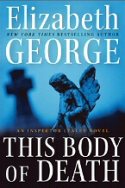
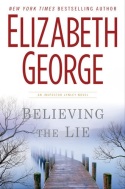
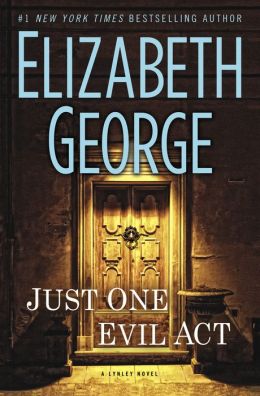
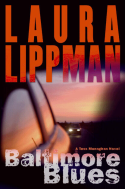

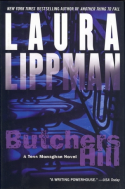
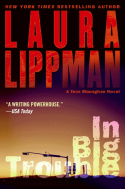

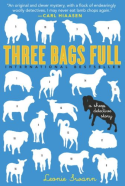

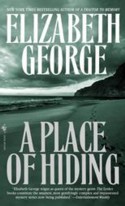

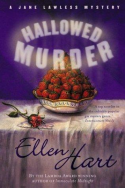
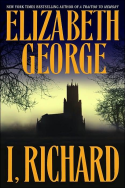



Recent Comments